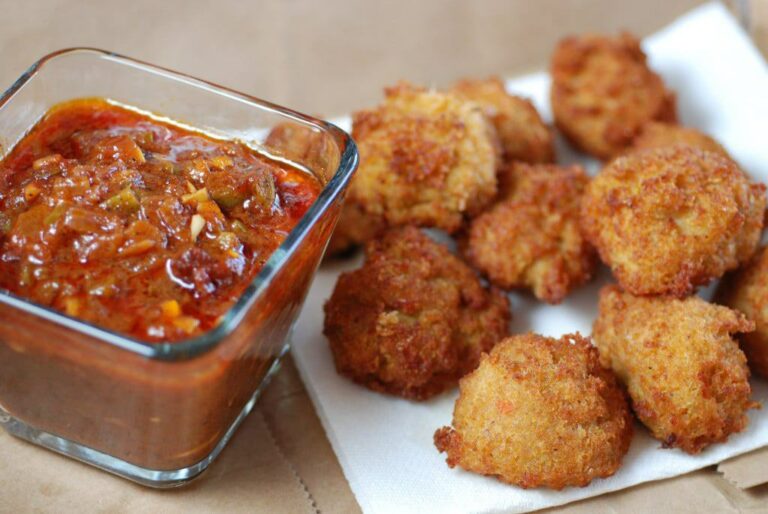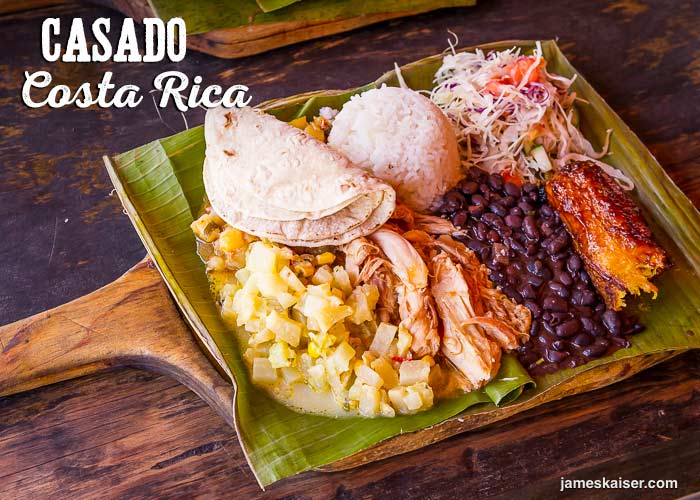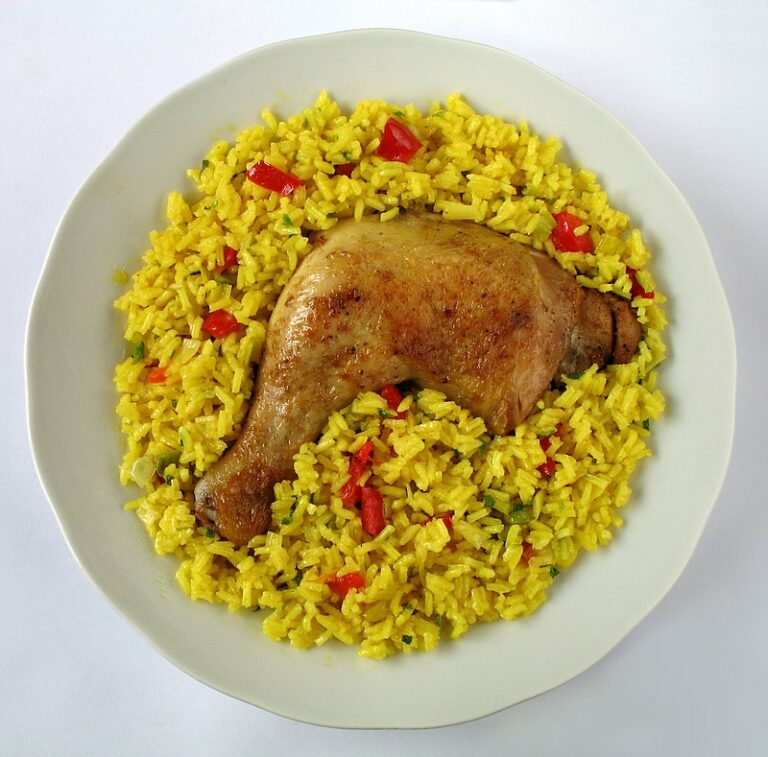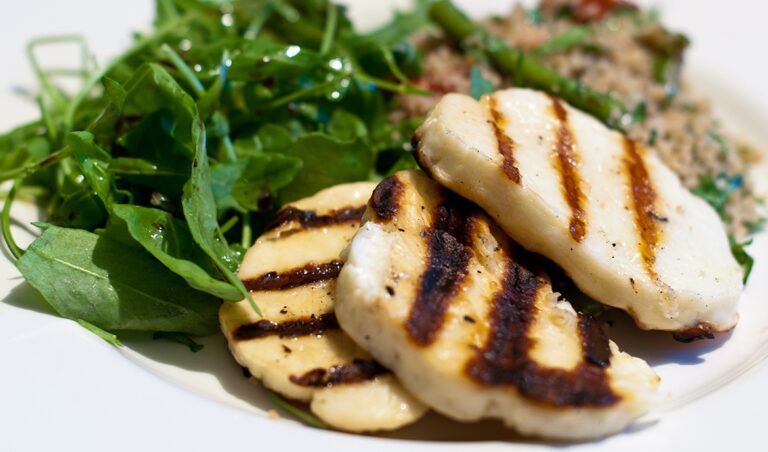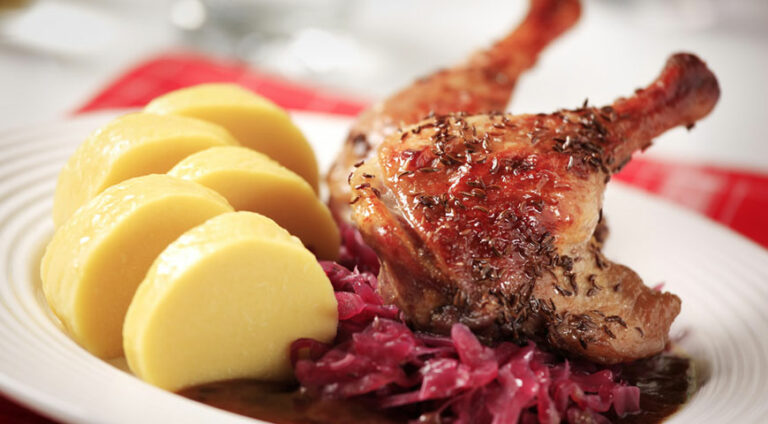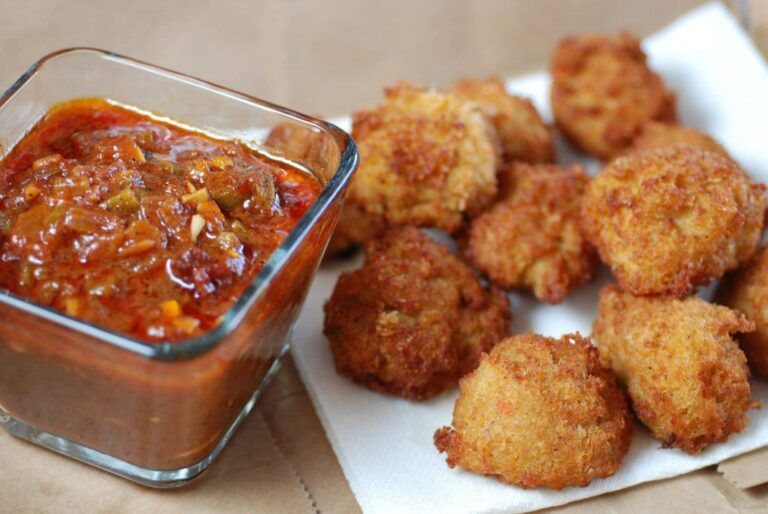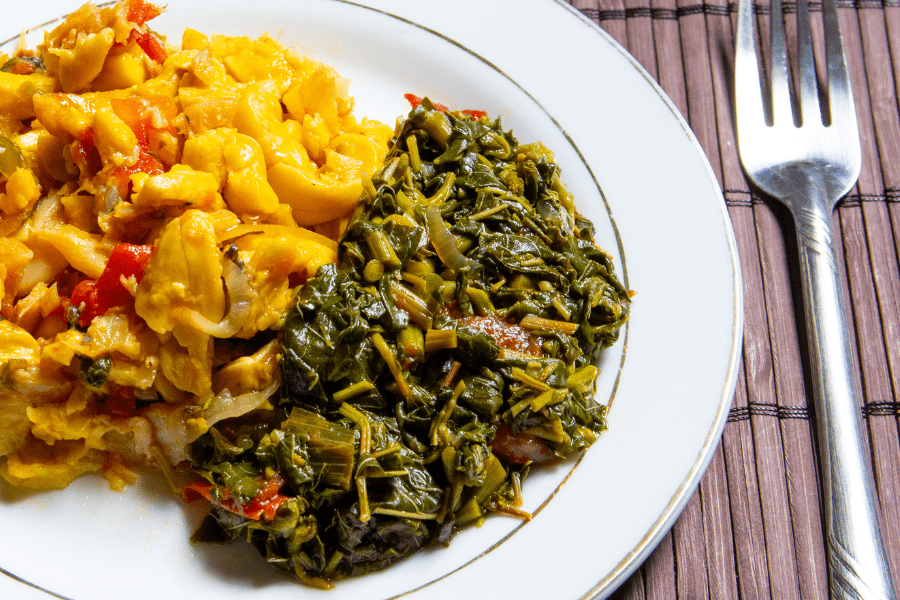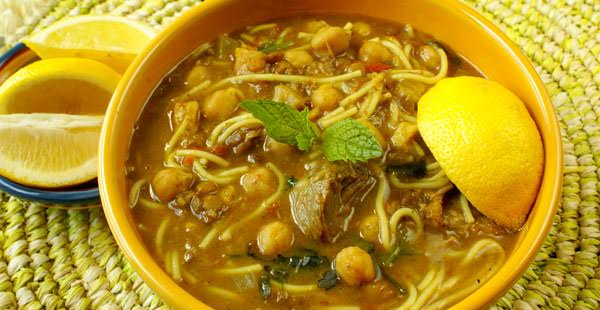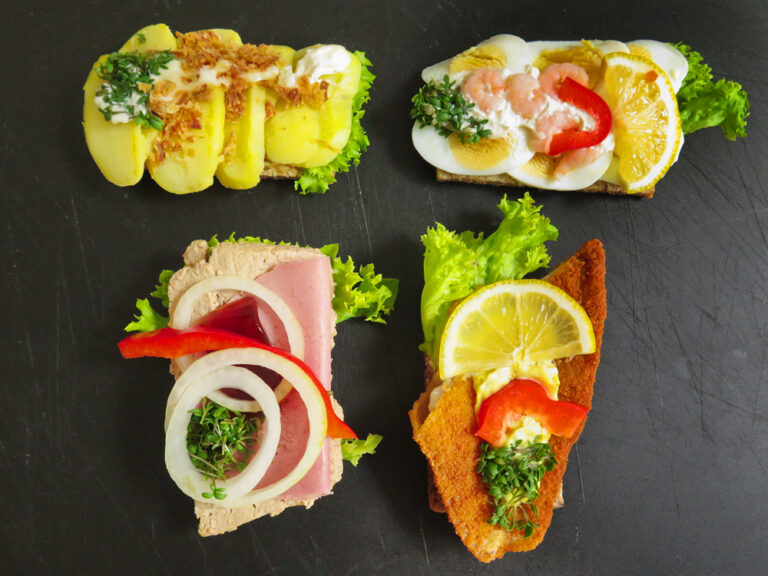Introduction: Discovering Congo’s Traditional Snacks
Congo, a country located in Central Africa, is known for its diverse cuisine. From stews to grilled meats, the Congolese cuisine has a unique blend of flavors. In addition to its main dishes, Congo also offers a variety of traditional snacks and appetizers that are enjoyed by locals and visitors alike. If you are looking to explore the Congolese food scene, here are some traditional snacks you should try.
Savoring the Flavor: Fufu and Groundnut Soup
Fufu is a traditional staple food in Congo, made from cassava or yams. This starchy dish is usually served with a soup or stew. One of the most popular soups to accompany fufu is groundnut soup, made from peanuts, vegetables, and spices. The soup has a thick and creamy texture and is bursting with flavor. It is a filling and satisfying dish that is perfect for those looking for a hearty snack.
Cassava Leaves with Palm Oil: A Congo Delicacy
Cassava leaves are a staple ingredient in Congolese cuisine, and they are often used to make a delicious snack. The leaves are boiled and then cooked with palm oil, onions, and spices. The result is a savory and flavorful dish that is enjoyed by many in Congo. This snack is perfect for vegetarians and those looking for a healthy snack option.
Satisfying Your Cravings with Sambaza
Sambaza is a small fish that is found in Lake Tanganyika, which borders Congo. These fish are usually dried and then fried, resulting in a crispy and flavorful snack. Sambaza is a popular street food in Congo, and it is often served with a side of hot sauce. This snack is perfect for those who want a quick and savory bite on the go.
Fried Plantains: A Popular Congolese Street Food
Fried plantains are a popular snack in Congo, and they are often sold by street vendors. The plantains are sliced and then fried until they are crispy and golden brown. They are usually served with a side of hot sauce or mayonnaise, and they make for a delicious and satisfying snack.
Kanda: The Perfect Congolese Beef Jerky
Kanda is a type of beef jerky that is popular in Congo. The meat is usually marinated in spices and then dried in the sun. The result is a chewy and flavorful snack that is perfect for those on the go. Kanda is often sold in local markets and is a must-try for those looking to explore the Congolese food scene.
Kabobs with a Twist: Brochettes in Congo
Brochettes are a popular snack in Congo, but they are not your typical skewers. In Congo, brochettes are made with beef, chicken, or goat meat, and they are seasoned with a blend of spices. They are then grilled over an open flame, resulting in a smoky and flavorful snack that is perfect for a quick bite.
Satisfy Your Sweet Tooth with Beignets from Congo
Beignets are a type of fried dough that is popular in Congo. They are usually filled with a sweet filling, such as jam or chocolate, and are dusted with powdered sugar. Beignets are a popular dessert in Congo, and they make for a sweet and satisfying snack. They are often sold by street vendors and are a must-try for those with a sweet tooth.

